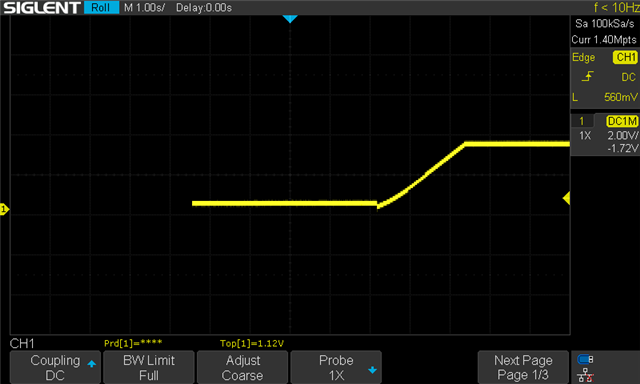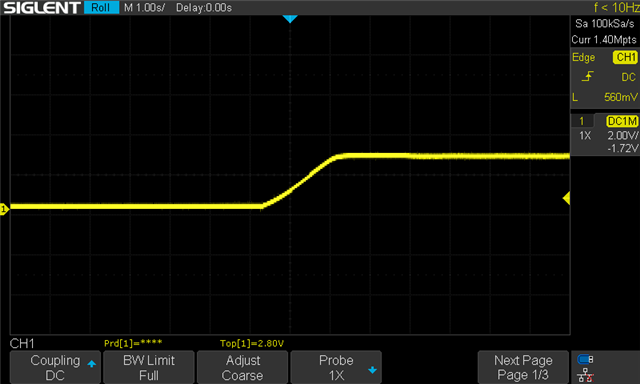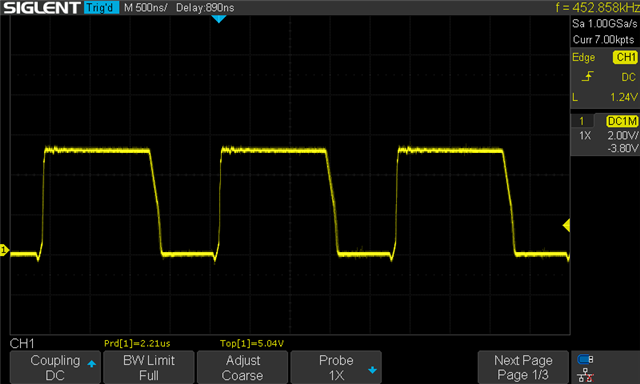Hey,
We setup our circuit based on the datasheet and the output of the TPS54356PWPR is undervolted. Supposed to get 3.3V but getting 2.8V.
I tried to adjust the switching frequency to 695KHz, 500KHz, and 400KHz but I haven't seen any change in the output. Right now I have a 113k resistor which should make the switching frequency 400KHz
We put the LSG in our design with the mosfet: BUK7M6R3-40EX.
There are a couple of loads attached to the circuit mostly ICs with a few resistors which act as pull-ups for a few GPIOs, but they're all in parallel so it shouldn't affect Vout.
This is a snapshot of the circuit:

I'm looking for ideas on how to troubleshoot this issue.





